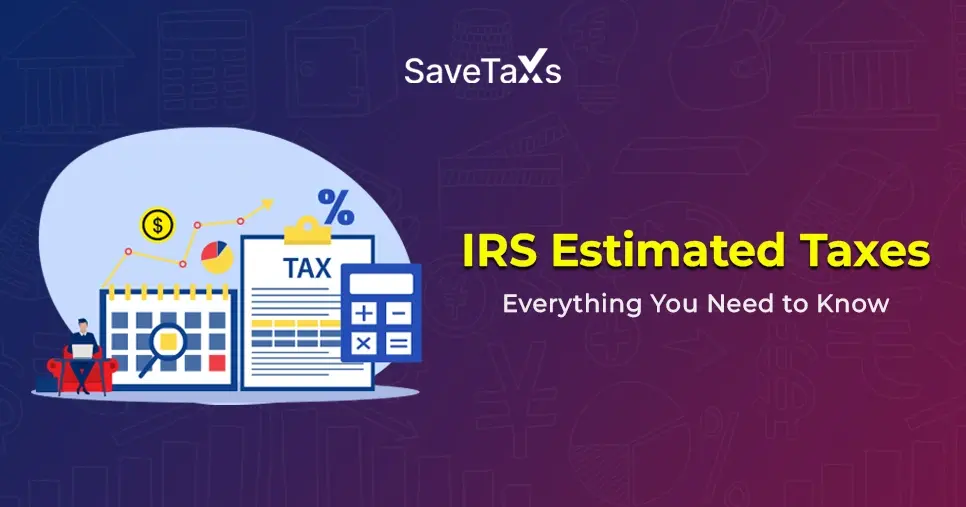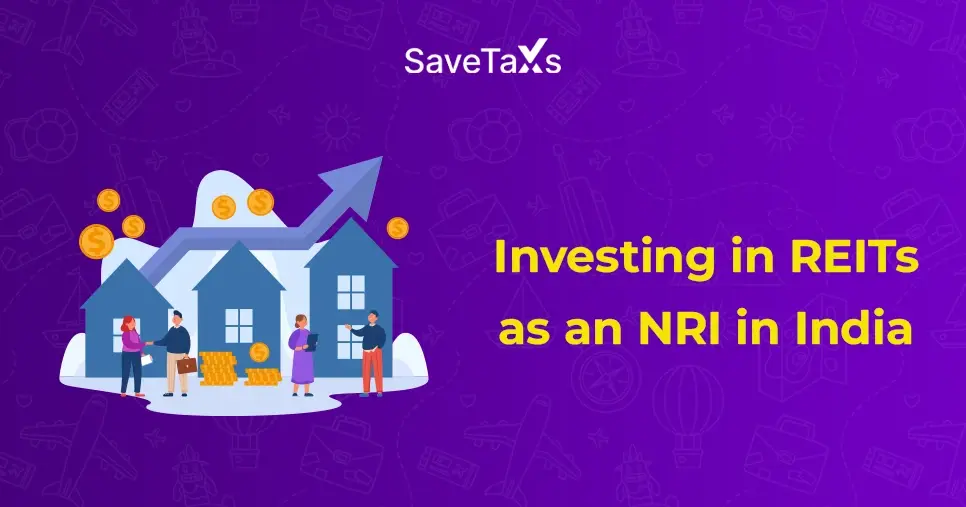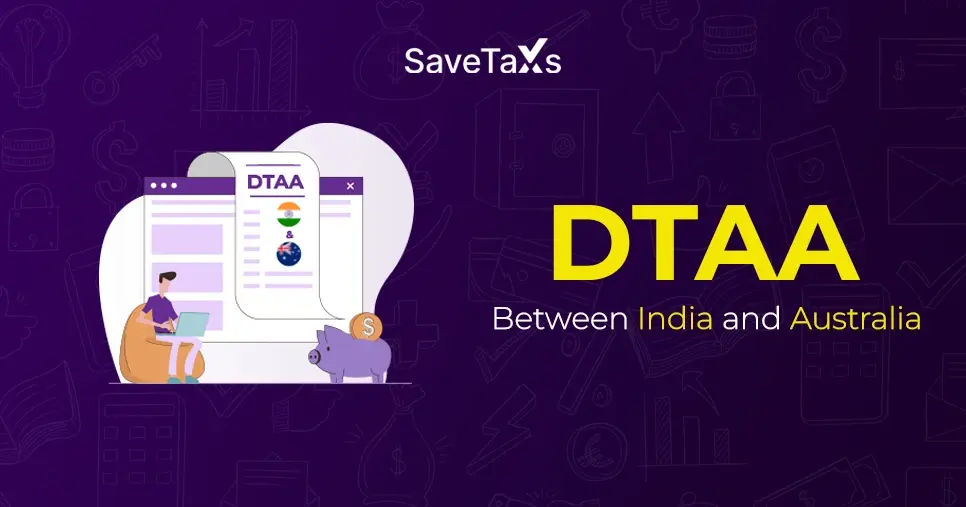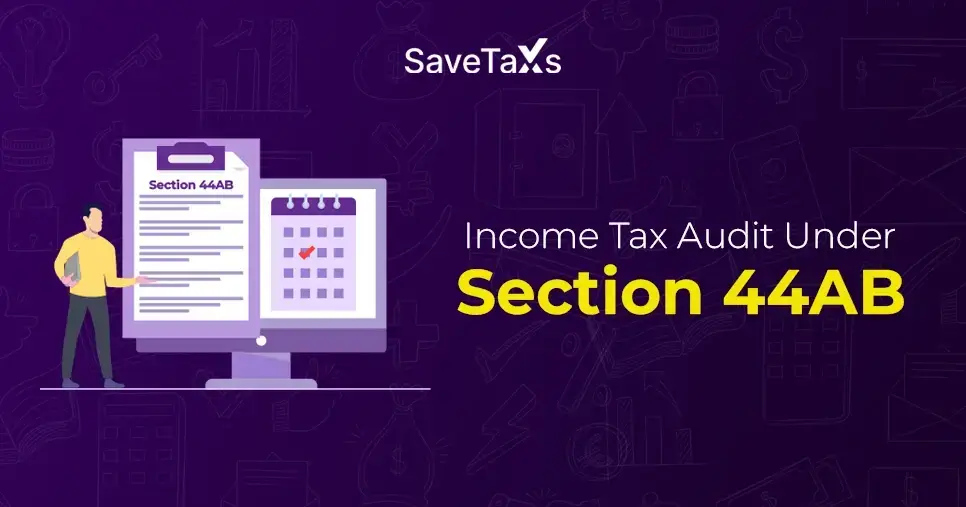The DTAA (Double Tax Avoidance Agreement) between India and China aims to prevent taxpayers from being taxed twice on the same income in both countries. An individual has the option to claim the taxes they have paid in one country as a credit in another, ensuring that they are appropriately taxed and effectively pay taxes only in one country. In this blog, we will clear all your doubts regarding how your income will be taxed from India and China under this tax treaty and provide you with a comprehensive idea about the DTAA between India and China.
What is the DTAA Between India and China?
The DTAA between the Government of the People's Republic of China and the Government of the Republic of India was introduced to avoid double taxation on the same income in two different nations and to put a stop to the fiscal evasion of income taxes. This treaty was signed on July 18, 1994, and came into force on November 21, 1994, in New Delhi. However, this agreement was later modified between the two countries through a protocol signed on November 26, 2018, which changed the current provision related to information exchange and ensured compliance with all international standards.
India and China are among the world's fastest-growing economies, experiencing impressive growth. Both nations have significant potential for trade and investment, which will undoubtedly be mutually advantageous. The DTAA between India and China aims to build and boost economic relationships between the nations. The tax benefits will permit businesses to invest more money in foreign firms and attain commercial growth.
What is the Significance of DTAA for India and China?
The DTAA between India and China is mutually beneficial for both the residents of India and China, allowing them to acquire tax-related benefits and boost trade and investment. Here are some of the key benefits that the residents of both nations receive from the treaty:
- DTAA provides clarity to the working taxation systems of India and China and enhances the opportunities for investment.
- The agreement specifies the rules to divide the revenue among themselves, therefore helping both nations to settle the revenue matters peacefully.
- The DTAA helps income tax to be deducted in both countries to a certain extent, making sure that no individual gets an unfair advantage from a lack of payment or payment of taxes.
- Under this treaty, you get a lower withholding tax in the form of lesser TDS on royalties, interest income, and dividends.
- The taxation policies are transparent under this agreement, enhancing international investment, trade, and the free flow of technologies between the two nations.
What are the Taxes Covered Under the DTAA?
According to Article 2 of the DTAA between India and China, the taxes covered are as follows:
It relates to taxes on income, tax on total income, or elements of income, along with those that include acquisition taxes from transferring movable or immovable properties and capital appreciation taxes. The DTAA tax treaty applies to the following taxes:
China ( or "Chinese Tax"):
- Enterprise Income Tax
- Individual Income Tax
India ( or "Indian Tax")
- Income tax, including surcharges
Key Points:
- The DTAA between India and China applies to taxes on earnings levied on behalf of the contracting state, local authorities, or any political subdivision, irrespective of how they are charged.
- It also applies to any considerably similar or identical taxes, applicable after signing the agreement, besides the existing taxes as mentioned above.
- The contracting state will inform of any changes through their respective tax laws within a suitable amount of time after making the amendments.
What are the Tax Rates Under the India-China DTAA?
The DTAA between India and China specifies the withholding tax rates on various income types, like interest, royalties, technical service fees, and many others. The applicable tax rates are:
- Dividend: 10%
- Royalty:10%
- Interest: 10%**
**Note: The interest or dividend income by the government of another contracting state or a certain financial institution, or the Reserve Bank of India, is tax-exempt in the source country of income.
Taxation on Capital Gains Under DTAA
The India-China DTAA includes specific provisions regarding capital gains, outlined in Article 13. These provisions state the following:
- Gains from the sale of movable property that is a part of permanent business property held in one contracting state by the other contracting state are taxable in that other contracting state. This also applies to movable property related to a fixed base mode, as available to residents of the contracting state in another contracting state for independent personal service. Additionally, gains from the transfer of a permanent establishment can be taxed in the other contracting state.
- Gains received from the sale of shares of capital stock in a corporation primarily holding immovable property located in a contracting state, those gains may be taxed in that specific contracting state.
- A resident of one contracting state who earns gains from the sale of immovable properties, as mentioned in Article 6, and situated in the other contracting state, may be subject to taxation within the other contracting state.
- Gains from the sale of ships or planes operating in international traffic or moveable property related to their operations are only taxable in the contracting state of the seller's residence.
- Lastly, gains arising in a contracting state from the sale of property, except for those referred to in the previous paragraphs of this article, may be subject to taxation in that contracting state.
To Conclude
The India-China DTAA is a significant agreement designed primarily to focus on enhancing trade relations between the two nations. Although the current trade scenarios between China and India are complex, mainly due to various political factors, the DTAA facilitates businesses and individuals in claiming tax benefits on their foreign income. Furthermore, Article 23 of the DTAA outlines various methods for eliminating double taxation during ITR filing for both countries. Therefore, it is vital to thoroughly understand all the provisions of the DTAA to effectively apply for the necessary policies while completing different headings of the ITR and claiming the relevant benefits.
Understanding the DTAA tax treaty can be stressful at times; however, seeking assistance from Savetaxs experts can help make it easier. With over 30 years of combined experience and specialized knowledge, our team can guide you throughout and help you save a significant amount of taxes. Savetaxs works 24*7 to save you from any tax-related stress. What are you waiting for? Contact us right away and avoid being taxed twice.
Note: This guide is for informational purposes only. The views expressed in this guide are personal and do not constitute the views of Savetaxs. Savetaxs or the author will not be responsible for any direct or indirect loss incurred by the reader for taking any decision based on the information or the contents. It is advisable to consult with either a Chartered Accountant (CA) or a professional Company Secretary from the Savetaxs team, as they are familiar with the current regulations and can help you make accurate decisions and maintain accuracy throughout the entire process.
 India
India
 USA
Tax Consultancy Services
USA
Tax Consultancy Services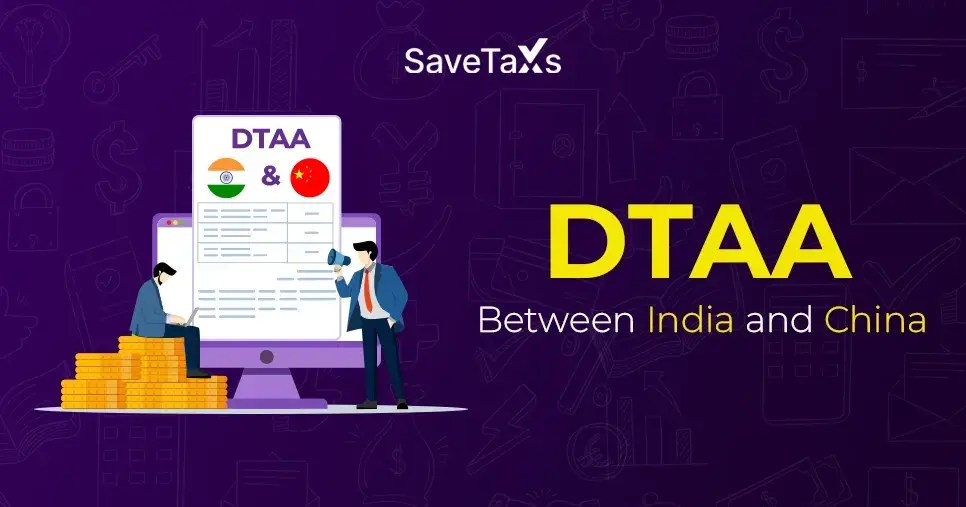

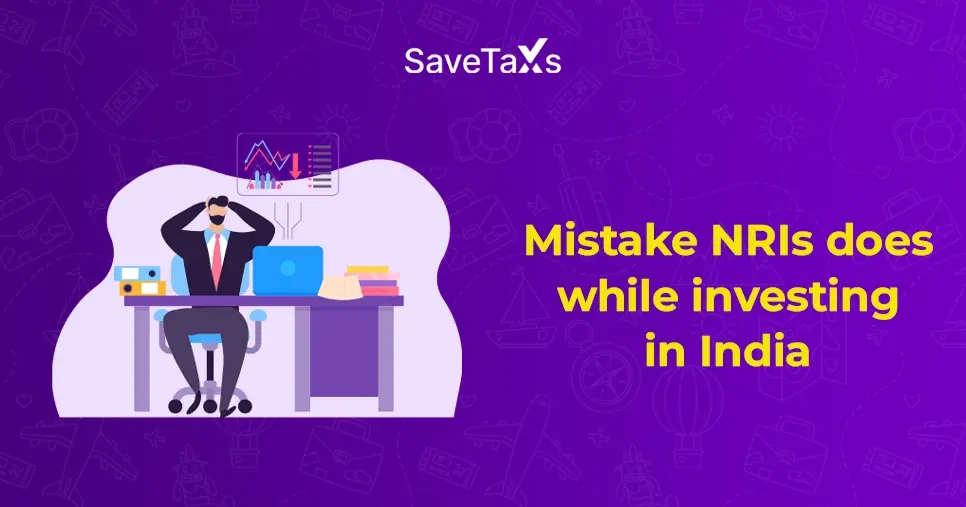


_1759750925.webp)
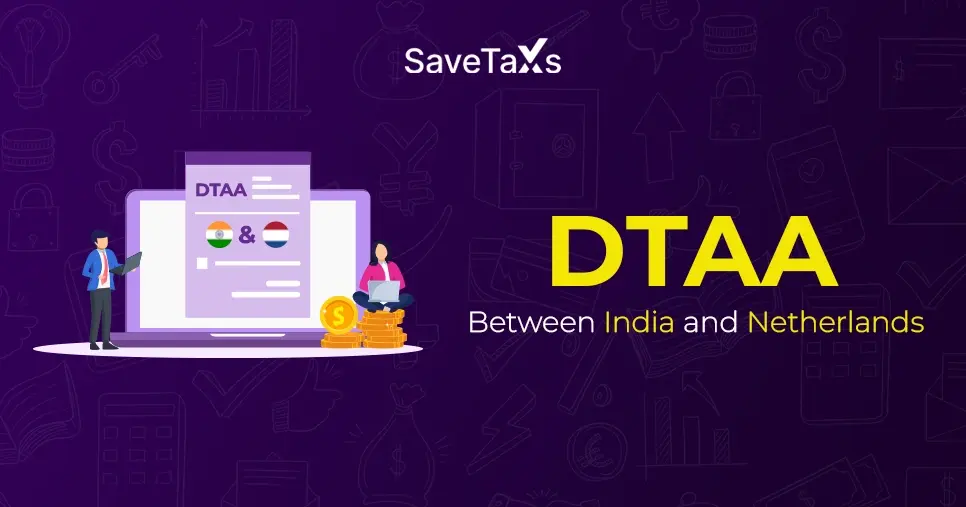

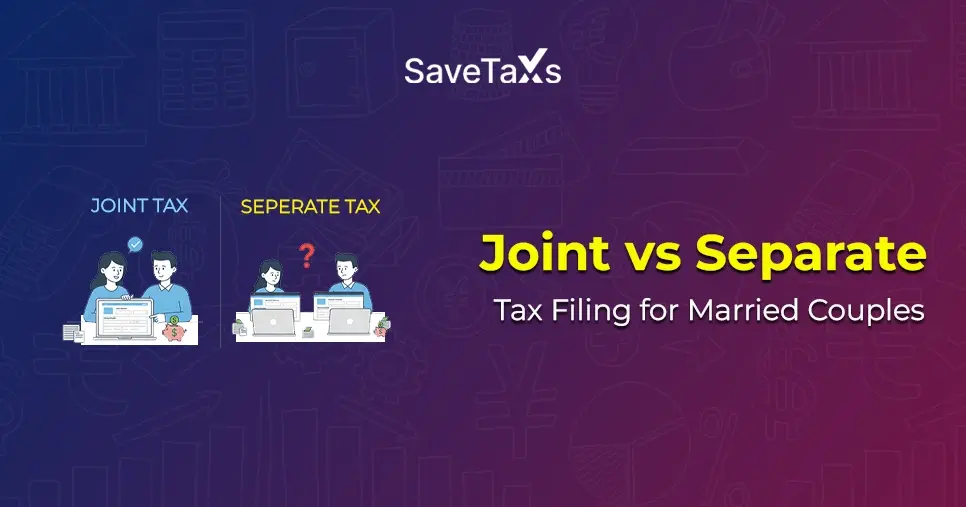


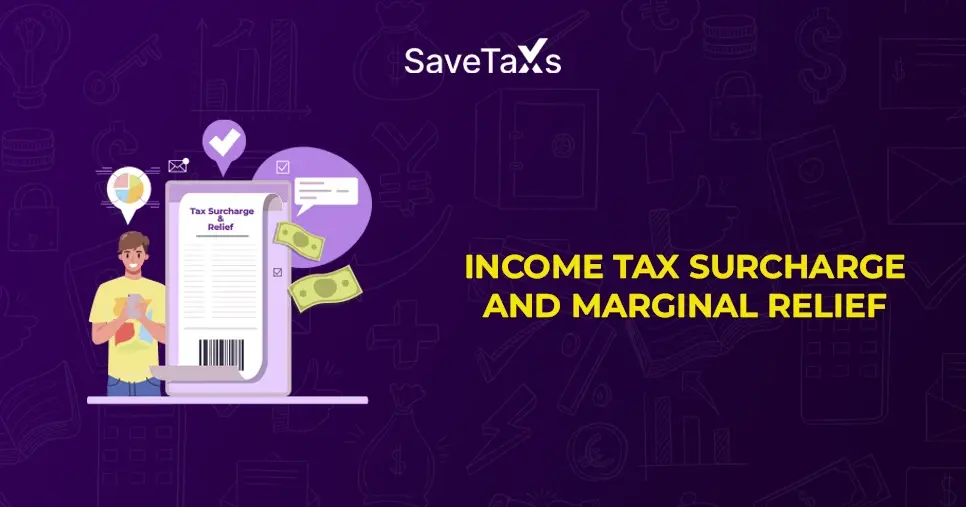
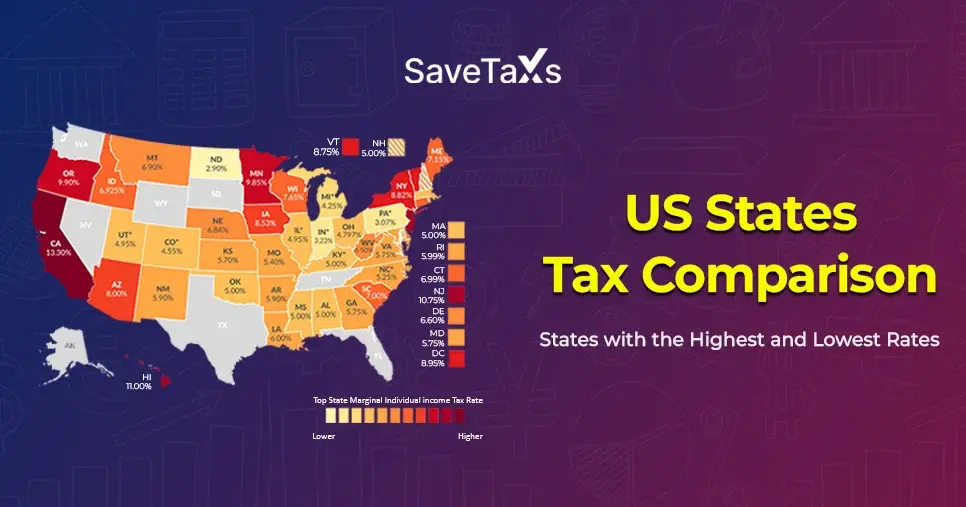
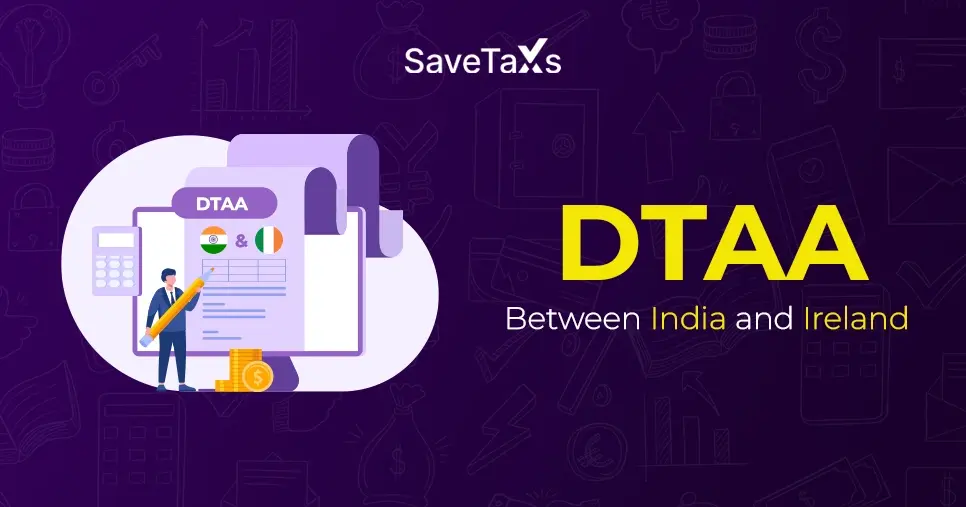
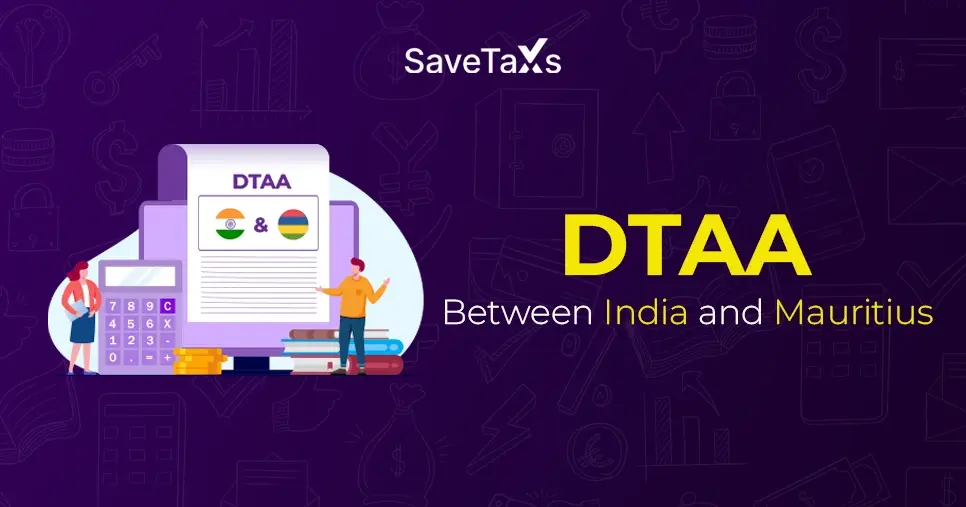

_1753429421.webp)
